13 Things Teachers Could Say in the ’60s That Would Be Lawsuits Today
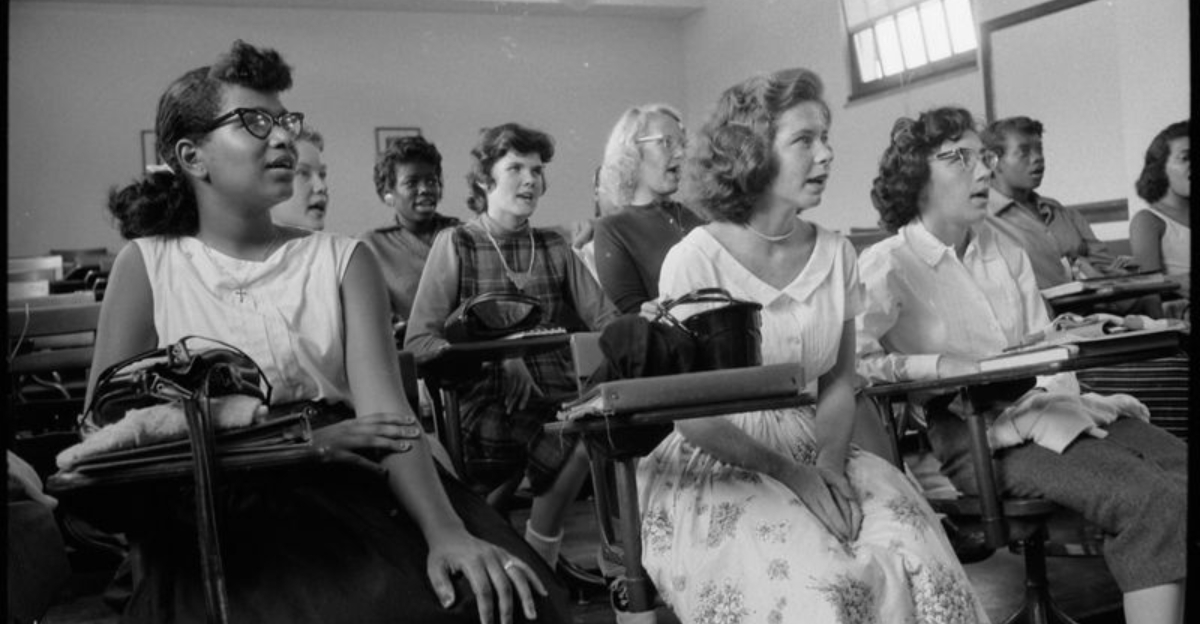
School environments have transformed dramatically since the swinging sixties. Back then, teachers had free rein to say and do things that would make modern parents reach for their lawyer’s phone number.
The classroom culture of yesteryear reflected different social norms and expectations that seem shockingly inappropriate by today’s standards.
1. Gendered Job Expectations
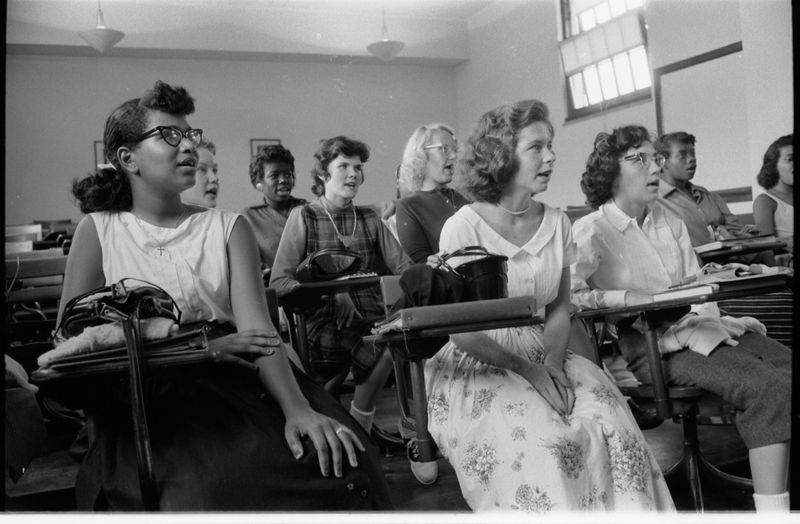
Career counseling looked vastly different sixty years ago. “Girls, focus on typing—you’ll need it as secretaries. Boys, these science classes will prepare you for real careers.” Gender-based tracking was openly encouraged.
Female students heard constant reminders that their education primarily served to make them better wives and mothers. Male students who showed interest in traditionally feminine subjects faced ridicule or redirection.
Such limiting guidance would now constitute discriminatory counseling practices.
2. Public Grade Announcements
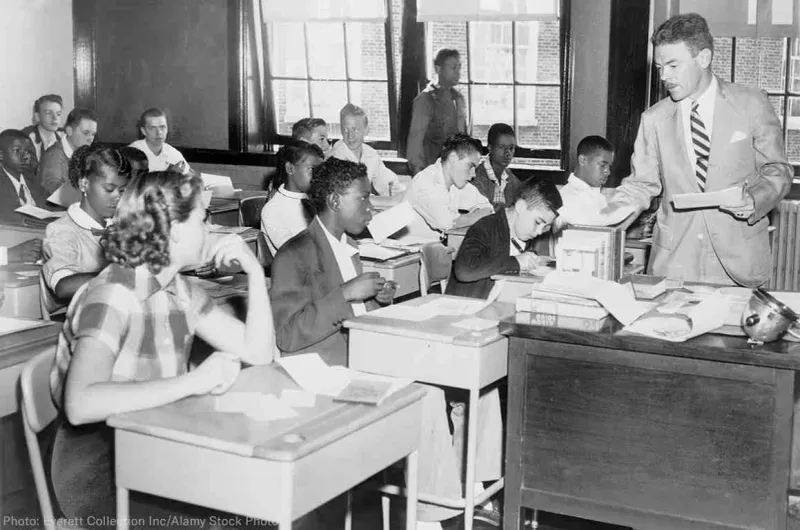
Classroom humiliation tactics were considered motivational in the ’60s. “Johnson got an F on yesterday’s test—perhaps the rest of you will try harder!” Teachers announced grades aloud, often using shame as a teaching tool.
Some instructors even ranked students publicly from highest to lowest scores. Poor performers might be forced to stand or wear dunce caps.
Today’s privacy laws and psychological understanding make such practices unthinkable violations of student dignity.
3. Paddling Promises

Wooden paddles hung prominently in many classrooms, serving as silent threats for misbehaving students. Teachers freely announced, “One more peep and you’ll feel this paddle on your rear end!”
Physical punishment was standard practice, with some schools requiring parental permission slips while others simply considered it part of a teacher’s disciplinary toolkit.
Nowadays, corporal punishment would trigger immediate termination and potential criminal charges.
4. Disabled Student Segregation
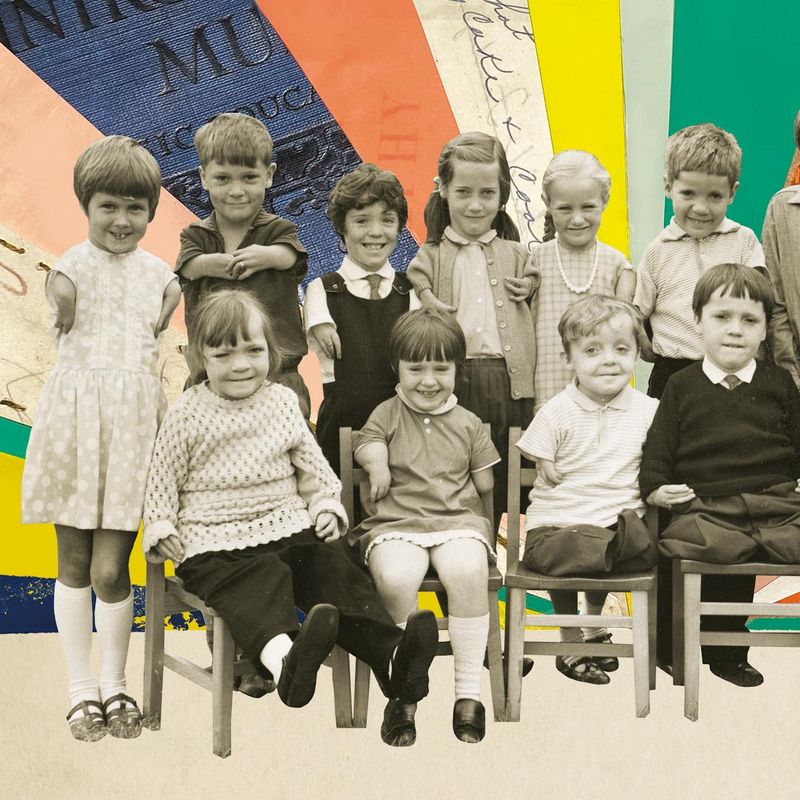
Special needs students faced brutal honesty from educators. “Tommy belongs in the special class down the hall—he can’t keep up with normal children.” Teachers openly segregated children with disabilities.
Students with learning differences or physical disabilities were routinely removed from mainstream education. Some were denied educational opportunities entirely.
Modern inclusion practices and disability rights legislation have rightfully made such discriminatory statements and actions illegal.
5. Weight-Based Mockery

Physical education became a nightmare for some students when teachers felt free to comment on body types. “Sarah, those jumping jacks might help you lose some of that baby fat!” Body-shaming was considered motivational rather than harmful.
Overweight students often faced public weigh-ins and fitness tests designed to highlight their differences.
Today’s understanding of body image issues and psychological well-being makes such comments grounds for immediate disciplinary action against educators.
6. Racial Separation Enforcement
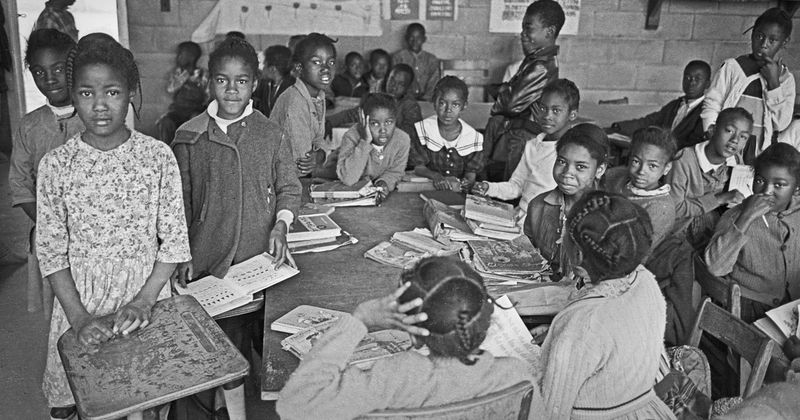
Even after official desegregation, classroom racism remained prominent in many schools. “Colored students should sit in the back rows” wasn’t just allowed—it was enforced policy in some districts despite Supreme Court rulings.
Teachers openly used racial slurs or derogatory terms when referring to minority students. Cultural differences were treated as deficiencies rather than diversity.
Such discriminatory practices would now violate numerous civil rights laws and educational equity requirements.
7. Immigrant Student Shaming
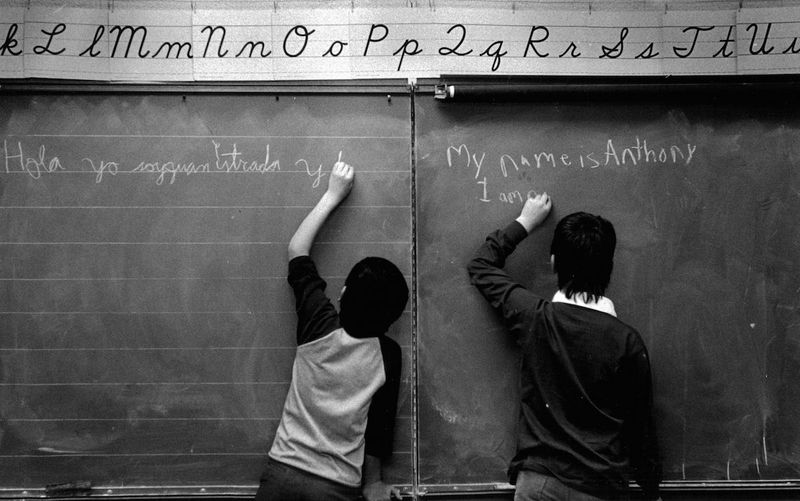
Foreign-born students endured harsh assimilation demands from educators. “No speaking Spanish in my classroom—you’re in America now!” Language policing extended beyond instruction to playground monitoring.
Teachers confiscated cultural items and mocked unfamiliar lunch foods. Some even forced name changes on students with “difficult” foreign names.
Current educational approaches recognize linguistic diversity as valuable, with such discriminatory practices now considered harmful violations of cultural identity.
8. Political Indoctrination
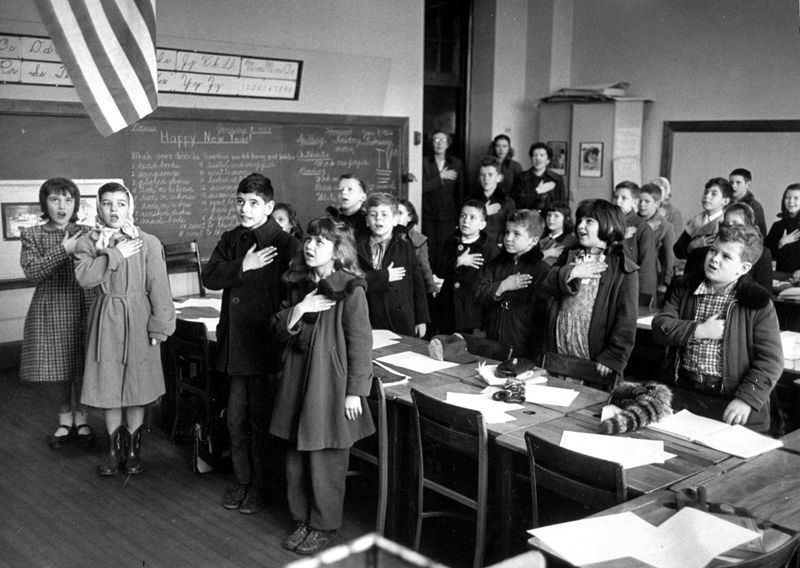
Cold War classrooms doubled as ideological battlegrounds. “Communists are evil and anyone who doesn’t stand for the pledge hates America!” Political conformity wasn’t just encouraged—it was demanded.
Teachers openly punished students whose families held different political views. Children of known liberal or socialist parents faced additional scrutiny.
Today’s educational standards require political neutrality from educators, with diverse viewpoints presented fairly rather than through propagandistic instruction.
9. Left-Handed Correction

Southpaws faced forced conformity through physical intervention. “Using your left hand is wrong—we’ll tie it down until you learn properly!” Teachers actively tried to change left-handed students through restraint methods.
Left-handedness was considered everything from a sign of stubbornness to a mark of evil. Rulers slapped against knuckles reinforced right-handed writing.
Current educational practices recognize this natural variation, with forced handedness conversion now understood as harmful to cognitive development.
10. IQ-Based Public Sorting

Intelligence became a public label through classroom seating arrangements. “The blue reading group is for our slower students—the rest of you are in the advanced red group.” Teachers openly divided children based on perceived intellectual ability.
Students quickly recognized these divisions as value judgments about their worth. Low-scoring children internalized limitations while being visibly segregated.
Modern educational psychology recognizes the damage of such public labeling, with ability grouping now handled with greater sensitivity.
11. Inappropriate Appearance Comments
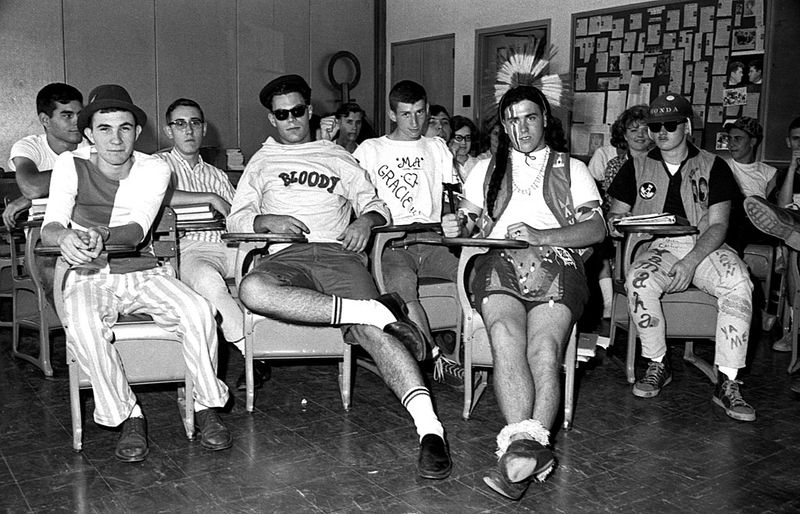
Puberty brought unwelcome teacher commentary about developing bodies. “Mary’s finally filling out her sweater this year!” Adults freely remarked on physical development, particularly regarding female students.
Boys might be teased about voice changes while girls endured comments about breast development or figure changes. Such observations were considered harmless despite their impact on self-conscious adolescents.
Today’s professional boundaries and sexual harassment policies prohibit such inappropriate body commentary.
12. Parental Authority Undermining
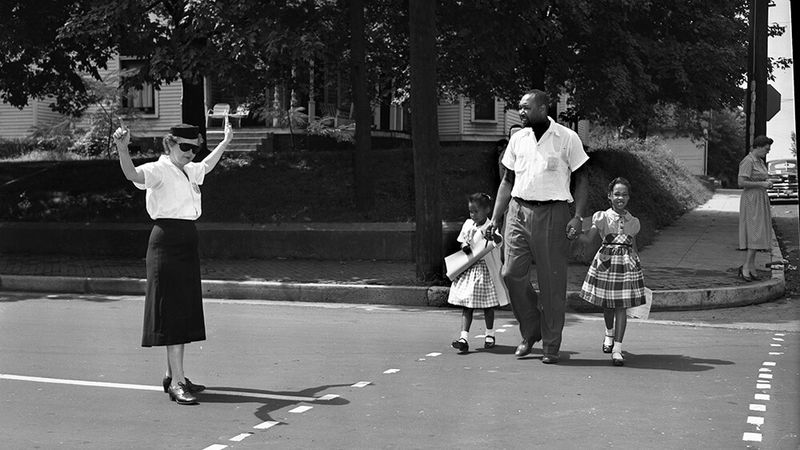
Teacher opinions sometimes directly contradicted family values. “Your parents are wrong about evolution—ignore what they taught you at home.” Educators freely dismissed parental viewpoints they disagreed with.
Religious, political, or cultural teachings from home might be openly ridiculed. Students caught between conflicting authorities faced confusing loyalty tests.
Current educational partnerships recognize parents as primary stakeholders in their children’s education, requiring respectful collaboration rather than dismissal.
13. Religious Recitation Requirements
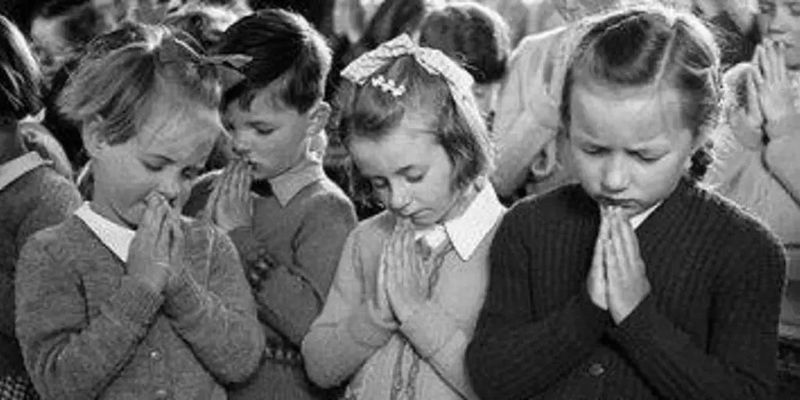
Morning routines once included mandatory Bible readings and prayers led by teachers. “Everyone stand for today’s scripture from Psalms,” was as common as the Pledge of Allegiance.
Students of all faiths participated without exception. Non-Christian children had no opt-out option, as religious diversity wasn’t given the consideration it deserves today.
Such practices would now violate constitutional separation of church and state laws.
